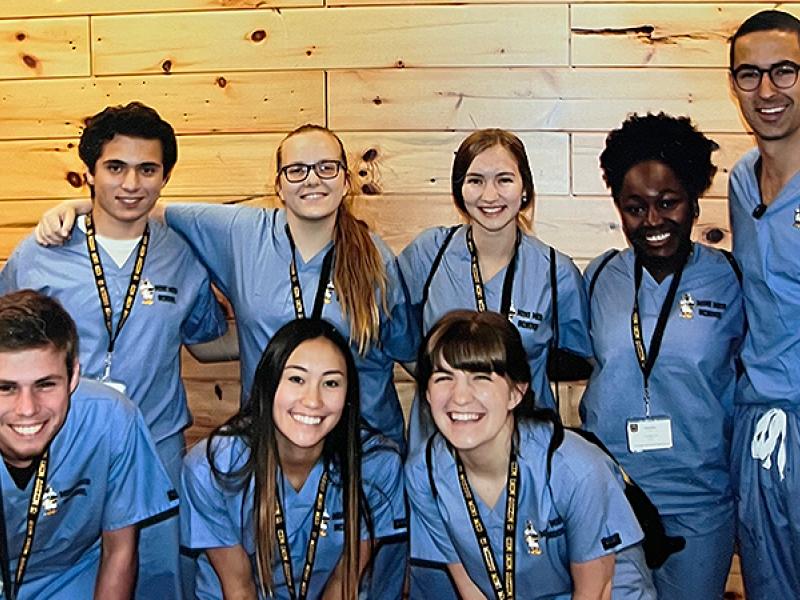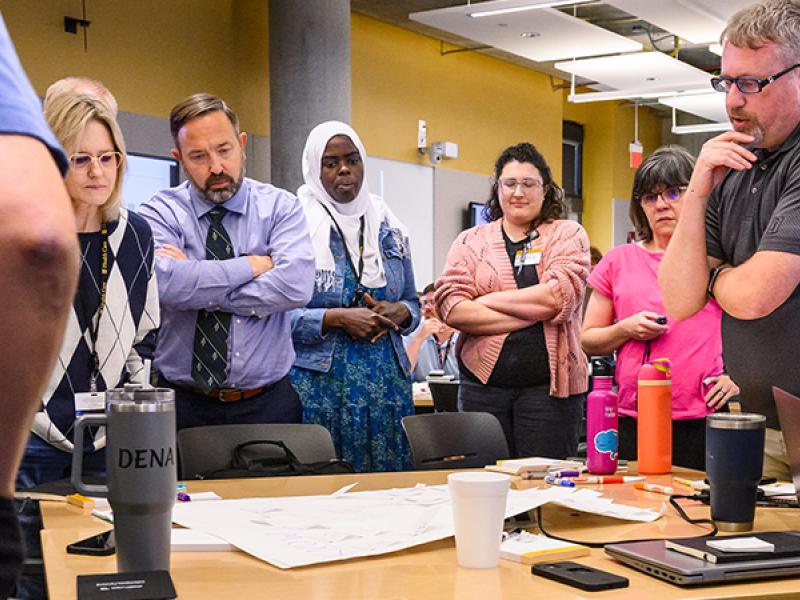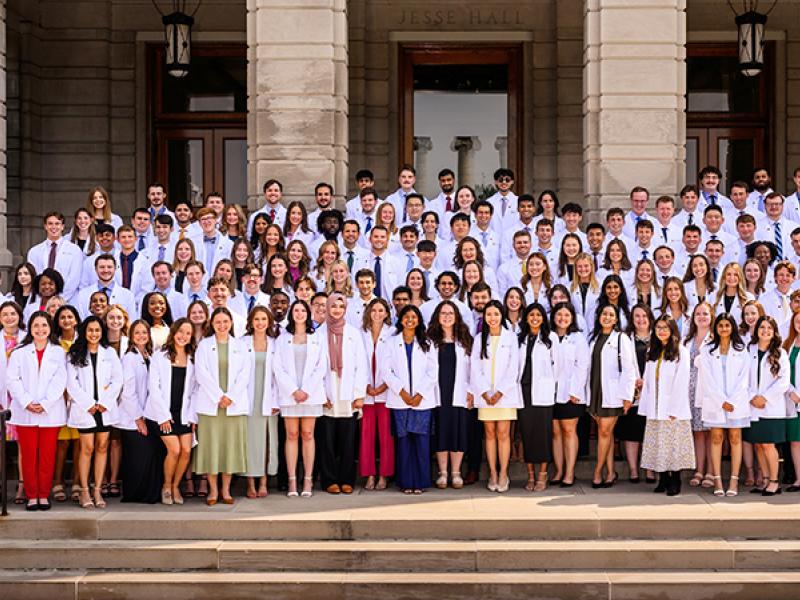Year one consists of four nine-week blocks. Each block has two components: six hours of basic science and patient-based learning (BSci/PBL) and three hours of introduction to patient care (IPC). Students also participate in Contemplating Medicine, Patients, Self and Society (COMPASS), a faculty-facilitated small-group session and Ambulatory Clinical Experience during year one. The primary academic focus of the first four blocks is the basic sciences and basic doctoring.
Block One
The BSci/PBL component focuses on the structure and function of the human body, including metabolism, molecular biology, genetics, pharmacologic principles, embryology, histology, gross anatomy and nutrition. The IPC component focuses on the basic principles of interviewing and taking histories, the doctor-patient relationship, and ethics. Students also begin COMPASS.
Block Two
The BSci/PBL component continues to focus on the structure and function of the human body, looking closely at the pulmonary, cardiovascular, gastrointestinal, renal and respiratory systems. Students also begin their ambulatory clinical experience. The IPC component focuses on conducting a basic physical examination.
Block Three
The BSci/PBL component builds on the focus on the structure and function of the human body with a look at neurophysiology and anatomy. Students continue with their ambulatory clinical experience. The IPC component focuses on the biopsychosocial aspects of medicine, such as behavioral medicine, substance abuse, human sexuality, culture and health, and the dying patient.
Block Four
The BSci/PBL component wraps up the focus on the structure and function of the human body with a look at microorganisms, immune response, reproductive structure and function, and the endocrine system. Students complete their ambulatory clinical experience, though it is available as an elective in blocks six through eight. The IPC component focuses on clinical epidemiology and preventative medicine, including the distribution and dynamics of disease, risk, prevalence, incidence, disease outbreaks, diagnostic testing, and population health.





